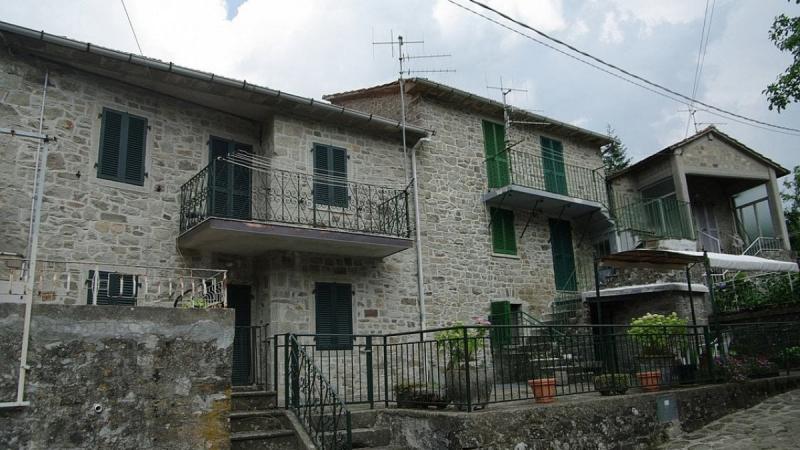Teresa Pini was 85 years old and, for 20 years, was the only year-round resident of Braia, a village near Pontremoli, in the Lunigiana area of northern Tuscany. Teresa, who died on Monday, had become the symbol of this hamlet of ancient stone houses, restored by the descendants of the original owners, who only visit Braia in summer, or occasionally on weekends.
Braia residents began emigrating from the second half of the 19th century, to look for work in different parts of the world; they left by ships, riding donkeys, or more often on foot. Some contributed, after World War II, to the construction of the modern area of Pontremoli. Many ended up in the U.K., like Teresa’s own brother, Lorenzo, who informed Tuscany-based newspaper La Nazione of his sister’s death.
Teresa lived in Braia with no telephone and her only companion was a dog. She died in a medical institute in nearby Pontremoli, where she was taken a few days ago due to deteriorating health issues.
Braia is made up of stone buildings covered by the typical ‘piagne’ rooves, vaulted passages and cobblestone streets; as in many other villages of the Lunigiana, there are also sculpted apotropaic figures with a human face, the so-called ‘facions’ or ‘santi di chiocca’.
The local heritage is represented by two bridges, presumably built during the First World War: the first can be reached from the small cemetery via an old mule track; the second is viable through the prairies of the country.
Lunigiana, a mountainous region traversed by the Magra river, runs from the Apennines to the Mediterranean Sea, and belongs in part to Tuscany and in part to Liguria.










